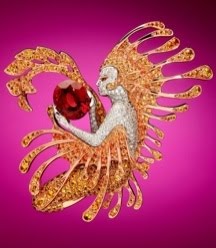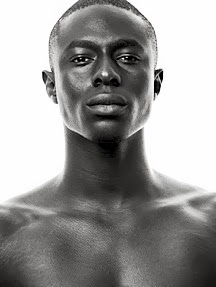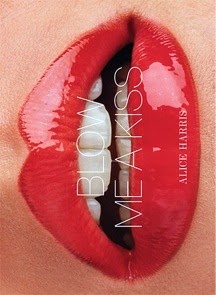
Last summer, at the Pitti Uomo menswear expo in Florence, Brunello Cucinelli featured a knit crewneck with a woven, snap-out collar. It certainly wasn't novel (this idea pops up every few years), and, at the time, seemed like nothing more than a smart little sartorial gimmick. In this far more turbulent season, however, there's a case to be made for clothes that can multitask. Today's consumers, if they're shopping at all, want much more bang for the buck.
Like Cucinelli's sweaters, Mel Gambert's shirts with interchangeable collars and cuffs aren't new, but they're suddenly relevant. Throughout much of the 19th century and the first quarter of the 20th, most fine men's shirts were sewn with a simple collar band; making the actual collars (usually starched and stiff) was handled by specialized companies and represented an enormous industry. It was only post-WWI, during the '20s, that men turned to comfortable "soft collared" shirts and abandoned detachable versions.
But Mel Gambert, a 75-year-old shirt company in Newark, NJ, has never stopped making them. Even today, the family-owned firm offers a staggering array of 400 collar styles to custom and bespoke clients (including a small, but loyal, group of detachable collar fans). Some of these men are dedicated dandies; others like how much easier it is to launder, and press, bodies and collars separately. Today's thrifty consumers may appreciate how fresh collars and cuffs can extend the lives of shirts that might otherwise be thrown away. All of which makes the interchangeable collar that rarest of things: a good investment.
www.gambertshirts.com
www.brunellocucinelli.com
Like Cucinelli's sweaters, Mel Gambert's shirts with interchangeable collars and cuffs aren't new, but they're suddenly relevant. Throughout much of the 19th century and the first quarter of the 20th, most fine men's shirts were sewn with a simple collar band; making the actual collars (usually starched and stiff) was handled by specialized companies and represented an enormous industry. It was only post-WWI, during the '20s, that men turned to comfortable "soft collared" shirts and abandoned detachable versions.
But Mel Gambert, a 75-year-old shirt company in Newark, NJ, has never stopped making them. Even today, the family-owned firm offers a staggering array of 400 collar styles to custom and bespoke clients (including a small, but loyal, group of detachable collar fans). Some of these men are dedicated dandies; others like how much easier it is to launder, and press, bodies and collars separately. Today's thrifty consumers may appreciate how fresh collars and cuffs can extend the lives of shirts that might otherwise be thrown away. All of which makes the interchangeable collar that rarest of things: a good investment.
www.gambertshirts.com
www.brunellocucinelli.com




















.jpg)

.jpg)

.jpg)


.jpg)




.jpg)







